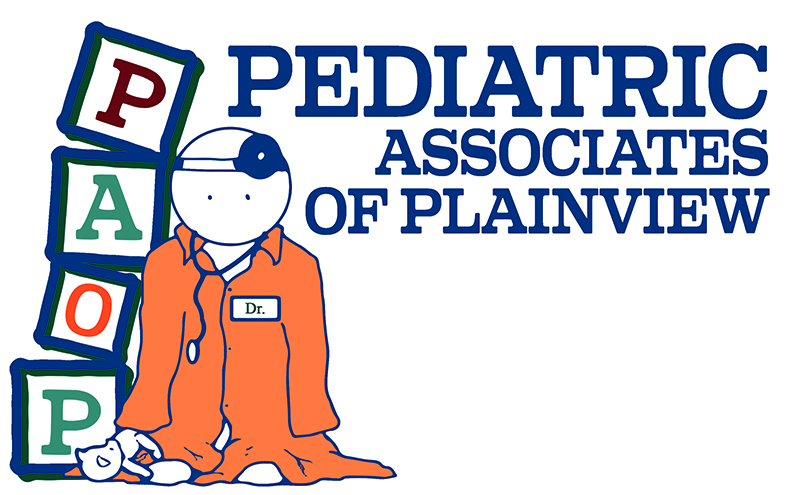18 Dec How Is Asthma Treated In Children?
 As a parent, we know that nothing is more important to you than the health and well-being of your child. Here at Pediatric Associates of Plainview, you can rest assured knowing that your child’s health is our number one priority as well. We understand that asthma is a very common, yet serious condition among children. We also understand that it requires proper treatment from a pediatrician. At our center for Plainview pediatrics, we are prepared to offer you a solution for your child’s asthma and associated symptoms today!
As a parent, we know that nothing is more important to you than the health and well-being of your child. Here at Pediatric Associates of Plainview, you can rest assured knowing that your child’s health is our number one priority as well. We understand that asthma is a very common, yet serious condition among children. We also understand that it requires proper treatment from a pediatrician. At our center for Plainview pediatrics, we are prepared to offer you a solution for your child’s asthma and associated symptoms today!
What Is Asthma?
In the United States, asthma affects about 25 million people and results in 2 million trips to the emergency room each year. Asthma is characterized as a lung disease that causes difficulty breathing due to inflammation and narrowing of the airways. Based on the severity of symptoms, asthma is separated into three different categories:
- Mild intermittent asthma: Mild symptoms occurring less than twice a week. Few asthma attacks.
- Mild/moderate persistent asthma: Symptoms occurring three to six times a week. Attacks may affect participation in activities.
- Severe persistent asthma: Ongoing symptoms occurring day and night. Frequent attacks often limit participation in activities.
Symptoms:
Each case of asthma in children is different. Some may experience mild daily symptoms that worsen over time, while others may hardly experience symptoms daily, but suffer from occasional, more severe attacks. Regardless of frequency, the most common symptoms of asthma usually include:
- Chest pain, tightness, or discomfort.
- Coughing, particularly at night.
- Difficulty breathing.
- Wheezing.
Treatment:
Depending on the severity of your child’s asthma, treatment options will vary. To help diagnose the severity, the team at our Plainview pediatrics center may give your child a portable, handheld device known as a peak flow meter to measure the integrity of their lungs and breathing capacity. This device measures how much and how quickly your child can exhale, with lower readings signifying worsening asthma. Once the severity is assessed, both long-term and quick-relief medications can be prescribed as a means of treatment. Long-term medications, such as inhaled corticosteroids or combination inhalers, are taken daily for an extended period to help manage symptoms. Quick-relief medications, however, are used to provide immediate relief from asthma attacks. These can also be used to prevent attacks from occurring when taken before engaging in physical activity.
Understanding Triggers:
One of the best ways to limit the amount and severity of asthma attacks suffered by your child is to understand their triggers. The team here at our Plainview pediatrics center can help pinpoint your child’s specific triggers so that they can be avoided. If your child’s triggers are unavoidable, we can advise you on how to take any necessary precautions. Some of the most common triggers for asthma attacks tend to include:
- Allergens such as dust or pollen.
- Cold weather.
- Physical activity.
- Mold or dampness.
- Pet dander.
Plainview Pediatrics:
An asthma attack can be a terrifying experience for both you and your child. We understand that the health of your child comes above all else, which is why our philosophy at Pediatrics Associates of Plainview is to provide quality pediatric care with a personal touch. Contact us today to schedule an appointment at our center for Plainview pediatrics and get your child the treatment they deserve!






Sorry, the comment form is closed at this time.